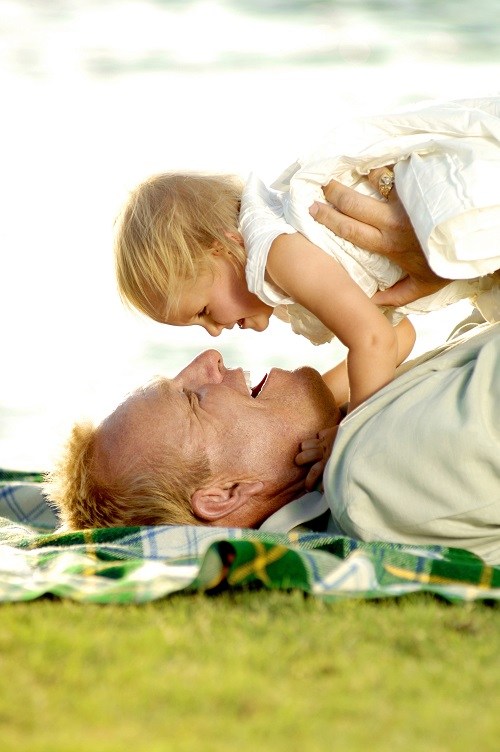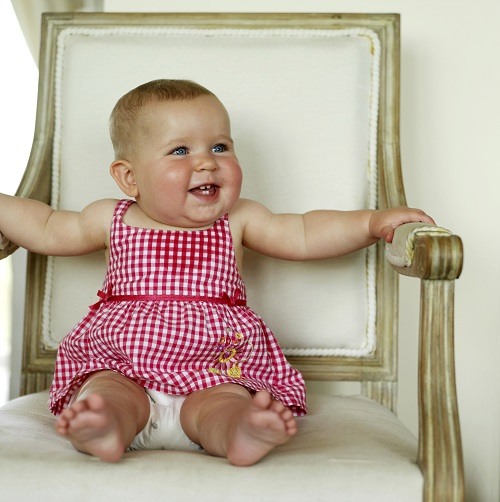In our last post on the 2-stage process, we gave a brief introduction on the checklist for Autism in Toddlers, here we are going to give you a detailed information regarding the same.
CHAT is a screening tool which applies to any kid who is close to the 18 month age mark. When you detect the signs of Autism in your kid then you can use this method to accurately analyze the ability of a child to express their need to others using basic language skills by comparing it with the pre-established age wise developmental characteristics.
This process is divided into two parts, one is for the parents or the guardians of the kid whereas the other is concerned about the direct observation of the behavior of the child.
Although we suggest that this screening tool is best used under the guidance of a therapist or any child expert, but unlike in the second stage of the 2-stage process, this one can also be performed at home by acquiring the proper knowledge of it(we will provide links to the books later in this post).
Part – 1 of CHAT
The first section is an interrogation based sheet which consists of 9 “Yes” or “No” questions that have been prepared by the experts so that the parents or the authority figures of any kid can prepare a well-thought report on a kid’s behavior solely based on supervision. The same can also be done with the help of a child specialist.
We are not authorized to provide the exact report here but you can find it in the book that we will be suggesting.
Part – 2 of CHAT
As we have already mentioned, in this part of the diagnosis process, the complete observation of a child happens under the direct supervision of a child specialist or any family member or relative.
The observation is done to answer a set of questions, that are proficient in detecting any developmental delay in a baby.
The checklist includes five areas of observations which are as given below:-
Eye Contact:- One of the basic mode of communication that we learn as humans are eye movements, even a baby very quickly learns to react and as well as express emotions with something so subtle as eye contact.
So, in order to detect any developmental delay in a toddler, one has to call the name of the kid or do something else to gain its attention while watching whether the kid is making eye contact whenever they turn their attention towards someone.
Gaze Monitoring:- A child with a possibility of any disorder often finds it difficult to focus on any particular visual because of the late development of their sensory perceptions, hence by monitoring their ability to fix their gaze on something, we can detect any such kind of developmental delay. (You can make use of the sensory development tools for helping your child to strengthen their sense perceptions).
Pretending:- A kid with a disorder like autism, finds it very difficult to understand the indirect mode of communication, so by playing pretend games with them one can get a better idea about their brain development.
Protodeclarative Pointing:- If you will ever emphatically shout to point towards something, any kid will first look at you and immediately shift their attention to whatever at which you are pointing towards, but if a kid does not react in this condition or fails to understand what we are trying to do then that may imply a possibility of autism.
Block Tower:- By watching a kid who is trying to build a block tower, you can get an idea about their problem in judging the size of blocks which can be a sign of a developmental disorder(if you don’t have this toy at home then you can buy a good one from Amazon).
The purpose of the above 2 processes is to prepare a comprehensive report on a child’s behavior. Using all the 14 “Yes” or “No” questions, a score is prepared based on a predetermined reference sheet. The higher the score is, the greater is the possibility of a disorder.
Once the chances of risk are determined using this score, further appropriate steps can be taken.
Now from these 14 questions in the checklist, there a![]() re 5 main factors that helps us to determine the risk rate which are as follows(just for the nomenclature we have used a general terminology like A7, B4 etc, you will better get an idea of it by reading a good book on CHAT):-
re 5 main factors that helps us to determine the risk rate which are as follows(just for the nomenclature we have used a general terminology like A7, B4 etc, you will better get an idea of it by reading a good book on CHAT):-
A5- Pretend play
A7- Protodeclarative pointing
B2- Following a point
B3- Pretending
B4- Producing a point
Scoring and Risk factors:-
Based on this scoring and evaluation, level of risk is determined in the following ways:-
1 – High Risk
If the baby fails to score positively in all the above 5 points then the possibility of the risk is the highest. In this case, we suggest you to immediately take the kid to a child specialist and move on to the second stage of the two-stage process or do as the expert suggests.
2 – Medium Risk
If the kid fails to score positively in A7 and B4 then the chances of risk are moderate. However, in this case, we suggest that you must take the baby to a child specialist and do as they suggest.
3 – Low Risk
If you get a positive response for all above 5 points then you can stay assured that the kid has the minimum possibility of any disorder, but unless and until you get answers to all the 14 questions matched with the reference checklist, please do not make any conclusion or refrain from taking the necessary medical support.
If the child fails the test then also it is not certain that they have the disorder because many times kids show a general delay in some behavioral patterns. Therefore, you can perform the test again after one month to see if any change has occurred. But in case a kid fails to score positively even after multiple tests then please do take the essential medical support as soon as possible.
We have just given you a general idea about these tests, it is always best to take the support of a child’s specialist, but you can also acquire all the necessary knowledge about such diagnosis process using a book that we highly recommend which is “Social and Communication Development in Autism Spectrum Disorders“.
Thank you for reading our post, we hope it was useful to you. We would love to hear from you so kindly share your thoughts, opinions, and suggestions with us by commenting below.
For any queries, drop us a message using our contact page.
My eyes drizzled when I read this header.
This is a topic that I am not passionate about but I am very emotional. I just found out by observation that my partner might have Asperger’s. Plus, my baby sister had autism. My heart cries out for websites like these.
Blessings
Hello Linda,
Thank you for comment. Here we are saying that if your child is showing these symptoms then there is a high possibility that your child might be suffering from autism, but we would suggest you to visit a doctor for confirmation as it can be something else also and mild symptoms cannot confirm any disorder but if you still suspect then take the help of a professional.